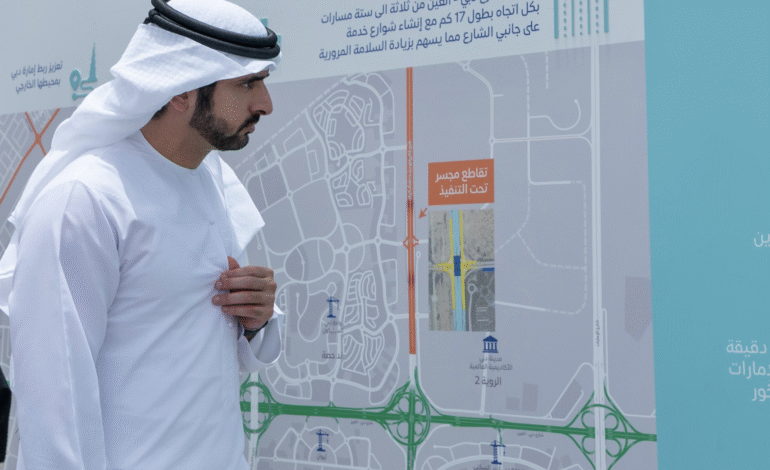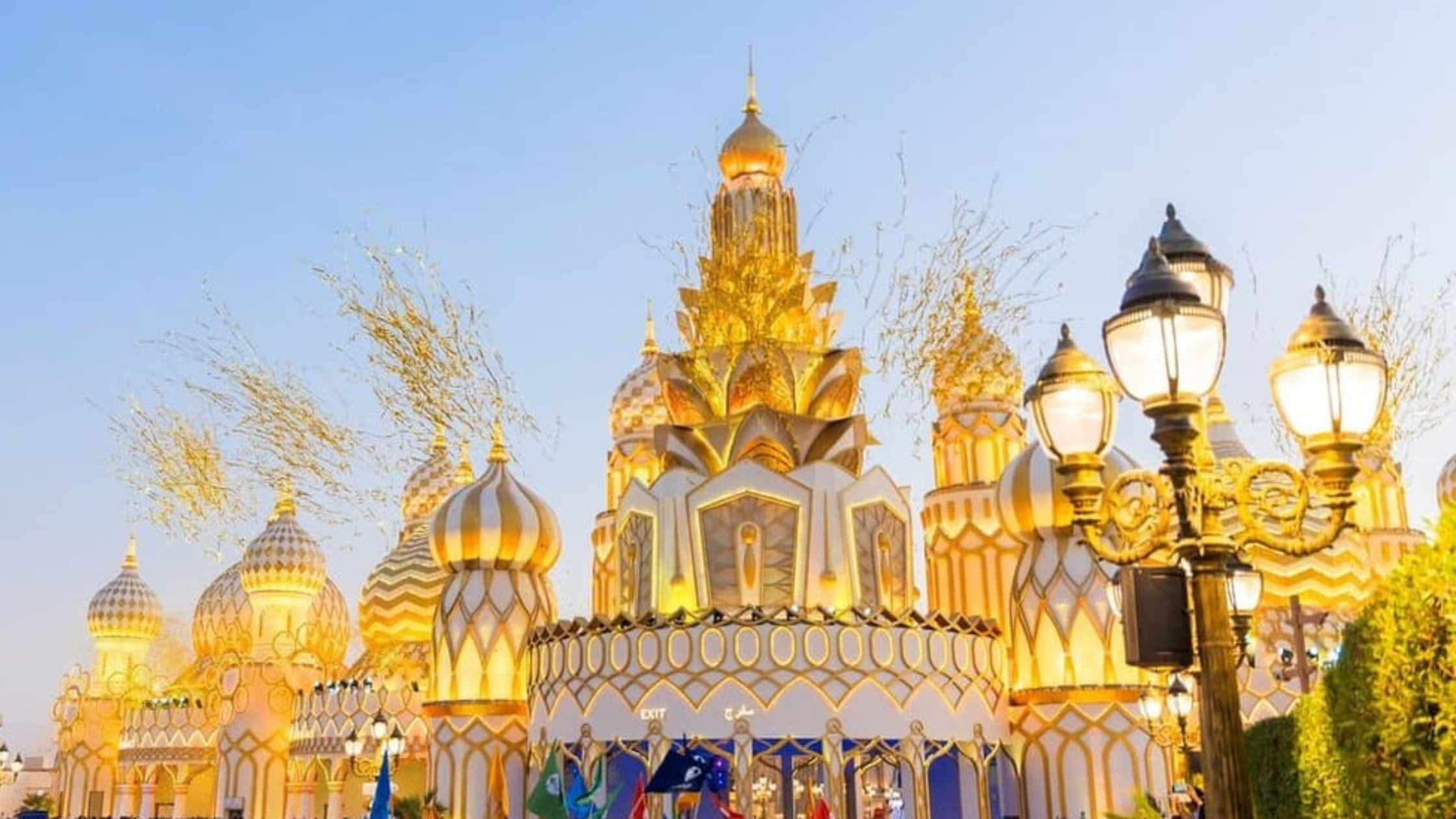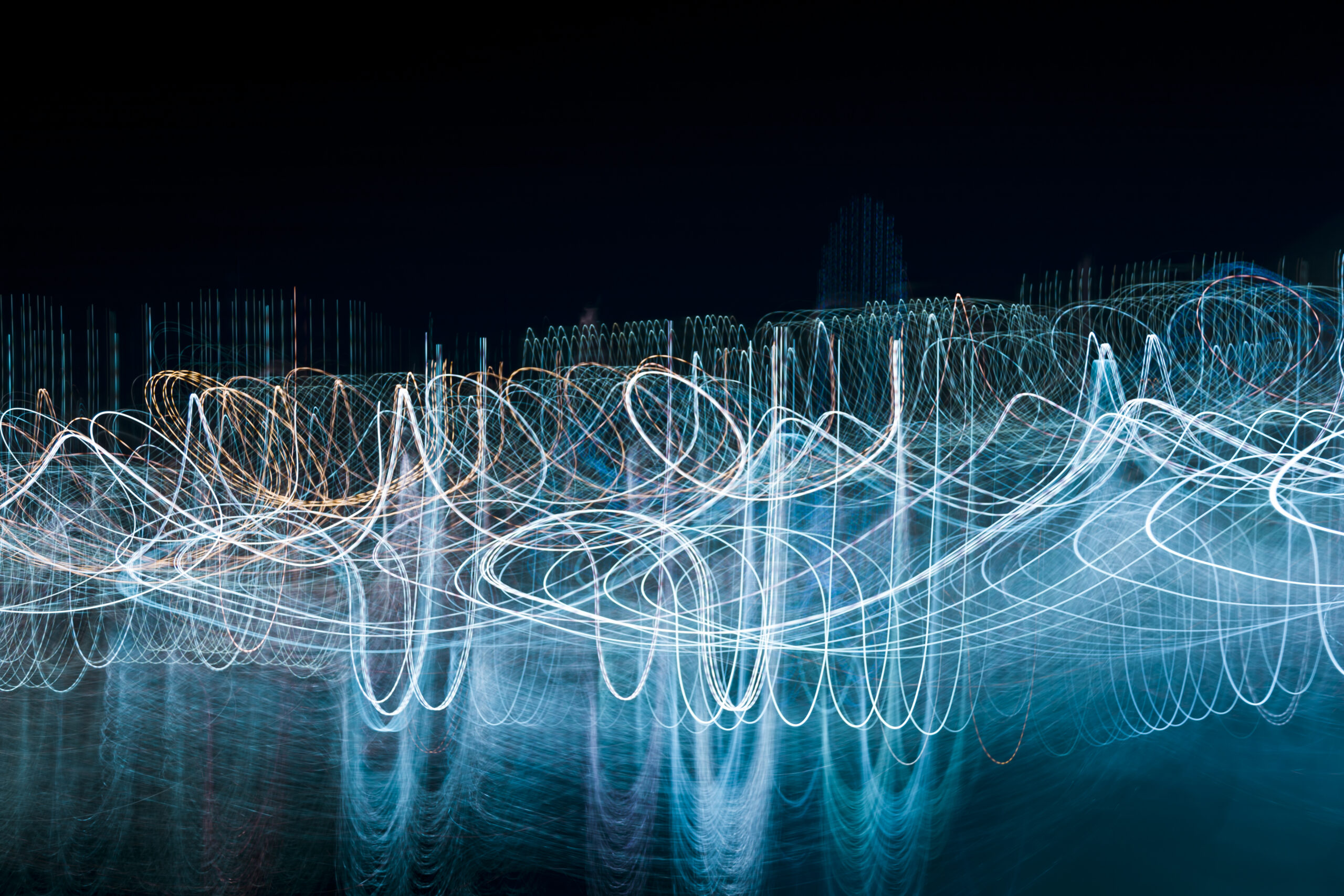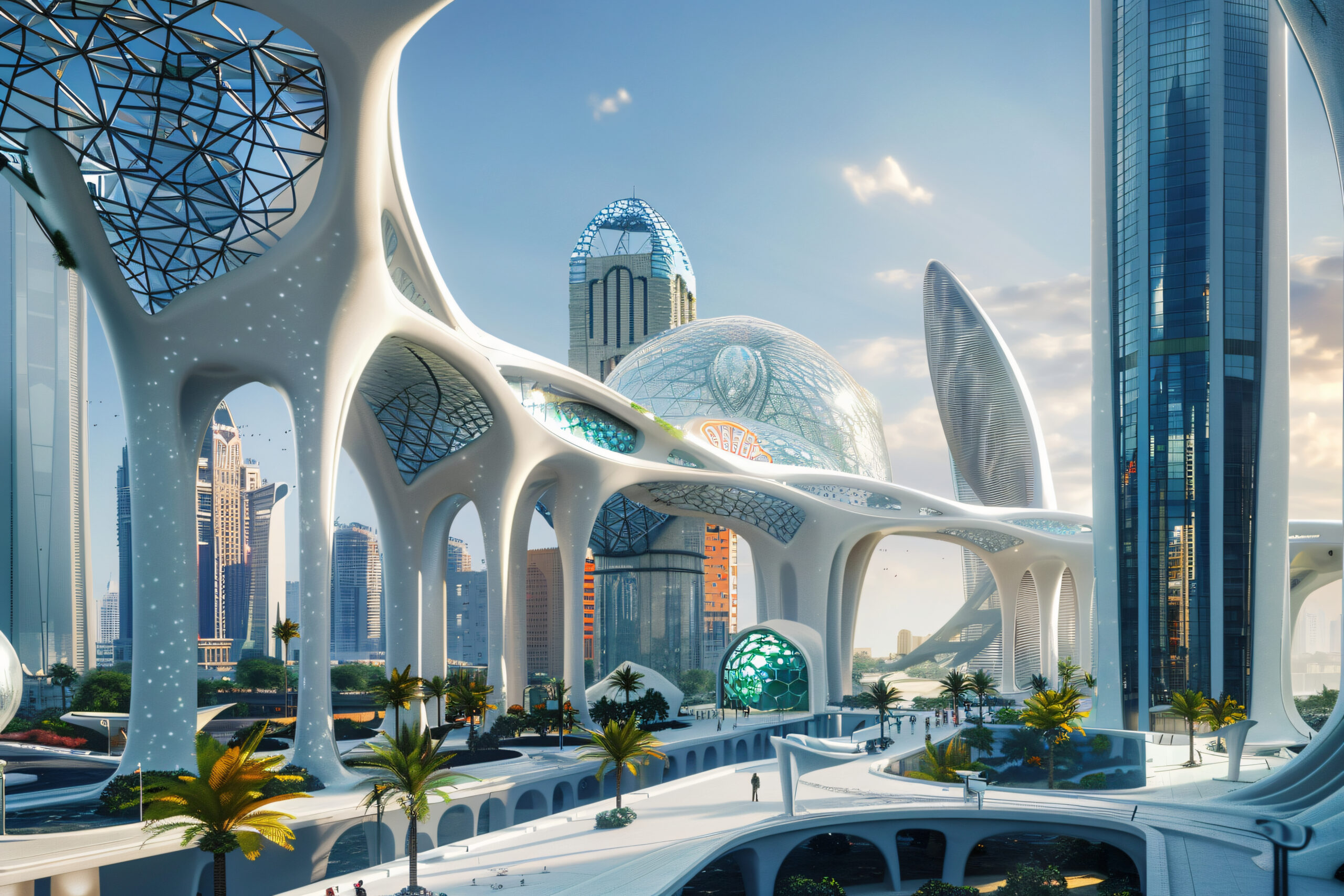Sheikh Hamdan Reviews Dubai’s Expansive Road Corridor Development Plan

Dubai is accelerating its transformation into a global smart city, with infrastructure development at the core of its vision. Under the leadership of His Highness Sheikh Hamdan Bin Mohammed Bin Rashid Al Maktoum—Crown Prince of Dubai, Deputy Prime Minister, Minister of Defence, and Chairman of The Executive Council—the emirate is pressing forward with an ambitious transportation overhaul. Sheikh Hamdan recently reviewed the progress of major strategic road corridors being developed by Dubai’s Roads and Transport Authority (RTA), aimed at improving mobility, traffic efficiency, and supporting the projected rise in population to eight million residents by 2040.
This infrastructure strategy, aligned with Dubai’s Urban Master Plan 2040, encompasses far-reaching road expansions, integration of smart transportation systems, and the groundwork for autonomous vehicles. It is designed not only to serve the current population but also to anticipate and support the dynamic urban demands of the future.
Strategic Leadership Driving Infrastructure Transformation
Sheikh Hamdan’s direct involvement in overseeing this infrastructure roadmap reflects his dedication to proactive and visionary governance. As Chairman of The Executive Council, he emphasizes building a future-ready city that offers seamless connectivity, exceptional quality of life, and sustainable urban development.
By personally reviewing the implementation plans, Sheikh Hamdan reinforces the importance of ensuring each initiative under the 2025–2027 plan contributes effectively to Dubai’s long-term goals. His leadership acts as a catalyst for public-private collaboration and ensures that progress remains aligned with both community needs and global best practices in urban development.
Inside the 2025–2027 Strategic Road Development Plan
At the center of this initiative lies a comprehensive roadmap comprising 57 major projects, including the construction of 226 kilometers of new roads and 115 bridges and tunnels. These developments are designed to form a robust and interconnected transportation network that accommodates future mobility requirements while addressing current traffic bottlenecks.
The plan features the creation of 11 strategic road corridors, including eight north-south (vertical) corridors and three new east-west (horizontal) routes. These will improve accessibility across residential, commercial, and industrial zones, enhancing the overall efficiency of road transport throughout the emirate.
Each corridor is tailored to meet projected transportation demands and will feature intelligent systems, dedicated bus and autonomous lanes, and integration points with mass transit hubs. These enhancements are expected to reduce travel times by up to 30% and significantly improve safety and operational efficiency.
Dubai’s Vision for Autonomous Transportation Integration
As part of its futuristic transport vision, Dubai is actively laying the infrastructure foundation for autonomous mobility. Sheikh Hamdan was briefed on RTA’s roadmap for deploying autonomous taxis, which aligns with Dubai’s goal of making 25% of all trips driverless by 2030.
The strategic road network is being designed to support autonomous technology with features such as smart intersections, adaptive traffic signals, vehicle-to-infrastructure communication systems, and dedicated lanes. Dubai is working with global partners, including Cruise, to pilot autonomous vehicle operations and ensure seamless integration into the broader mobility ecosystem.
The infrastructure also accounts for electric vehicle compatibility, with charging stations and connected systems embedded into new road designs. These developments place Dubai among the most forward-thinking cities globally in the race toward AI-driven, low-emission transportation.
Artistic Visualization: RTA’s Infrastructure Mural Presentation
To showcase the full scope of these developments, Sheikh Hamdan was presented with a detailed mural at the beginning of his visit. This visual representation maps out the full 2025–2027 strategic road network, illustrating how each component connects and contributes to the larger mobility vision.
The mural displayed interactive schematics and design plans that highlight key features, construction zones, projected impact areas, and smart integration points. It served as both an artistic and educational medium to communicate the project’s complexity and its transformative impact on Dubai’s urban landscape.
Through this immersive visual briefing, Sheikh Hamdan emphasized the role of clear public communication and transparency in driving citizen engagement with major infrastructure projects.
Al Barsha 2: Dubai’s Smart Model Neighborhood
In addition to the road projects, Sheikh Hamdan was briefed on the progress of developing a model neighborhood in Al Barsha 2. This district is part of a broader vision to create future-ready communities that exemplify sustainability, digital connectivity, and smart infrastructure.
Al Barsha 2 will include pedestrian-friendly layouts, integrated cycling tracks, green spaces, solar-powered lighting, advanced waste management, and water-efficient landscaping. The neighborhood also offers proximity to new road corridors and public transportation hubs, ensuring residents benefit from easy access and seamless urban mobility.
This initiative reflects Dubai’s intention to make future communities both livable and technologically advanced. It will also serve as a prototype for replicating smart neighborhood designs across the city as population and development continue to grow.
Planning for a Population of Eight Million by 2040
Dubai’s Urban Master Plan 2040 is a transformative blueprint to accommodate a projected population of eight million by the next decade and a half. This population surge necessitates extensive infrastructural planning and execution.
The strategic corridors being developed are central to handling this growth. Not only will they absorb increased traffic, but they will also facilitate smoother interconnectivity between emerging residential districts, economic zones, airports, and logistics hubs. The corridors are engineered with scalable design principles, allowing for further upgrades based on future demand without disrupting existing operations.
Additionally, these corridors complement public transport upgrades such as metro and tram expansions. This multimodal approach will help distribute mobility demands and reduce the city’s reliance on private vehicles, contributing to environmental goals and urban sustainability.
Environmental Goals Embedded in Infrastructure Design
The 2025–2027 infrastructure strategy goes beyond functionality—it’s also about sustainability. In line with the UAE’s broader net-zero commitment and Dubai’s environmental roadmap, the RTA’s projects are designed to be resource-efficient and low-emission.
Advanced construction materials, renewable energy applications, and sustainable design principles are being used across all project phases. The newly constructed roads and bridges will feature low-impact designs that minimize disruption to natural ecosystems and incorporate stormwater management systems.
The improved traffic flow from new corridors will reduce idle time and vehicular emissions. Smart signal systems and synchronized traffic management will further cut down carbon output, aligning infrastructure development with Dubai’s climate commitments post-COP28.
Cross-Sector Collaboration and Digital Governance
Sheikh Hamdan’s review also highlights the importance of cross-agency cooperation and digital governance. The execution of these projects involves coordinated planning among multiple government entities, real estate developers, and international technology firms.
Progress is being monitored through real-time dashboards and data analytics tools that track construction milestones, budget adherence, and environmental compliance. Public updates and community feedback loops are being integrated into the planning process through mobile apps and online portals.
This comprehensive governance framework ensures timely delivery, operational efficiency, and full alignment with Dubai’s strategic vision. It also builds accountability and public trust in government-led mega projects.
Dubai’s Global Position as a Model for Urban Innovation
As cities around the world face the dual challenge of urban growth and environmental stress, Dubai is positioning itself as a global role model. Through a combination of visionary leadership, advanced planning, and technological integration, the emirate is setting a new standard for how cities can grow smarter, faster, and more sustainably.
Sheikh Hamdan’s leadership and the RTA’s execution demonstrate that infrastructure is more than engineering—it is about enabling human potential, economic vitality, and environmental resilience. With the 2025–2027 strategy, Dubai is not just building roads; it is paving the way for a smarter, greener, and more connected future.







